Death Vegas: Unearthing a Lost Adult Swim Games Classic
Unearthing an almost-lost classic that shouldn't be missed
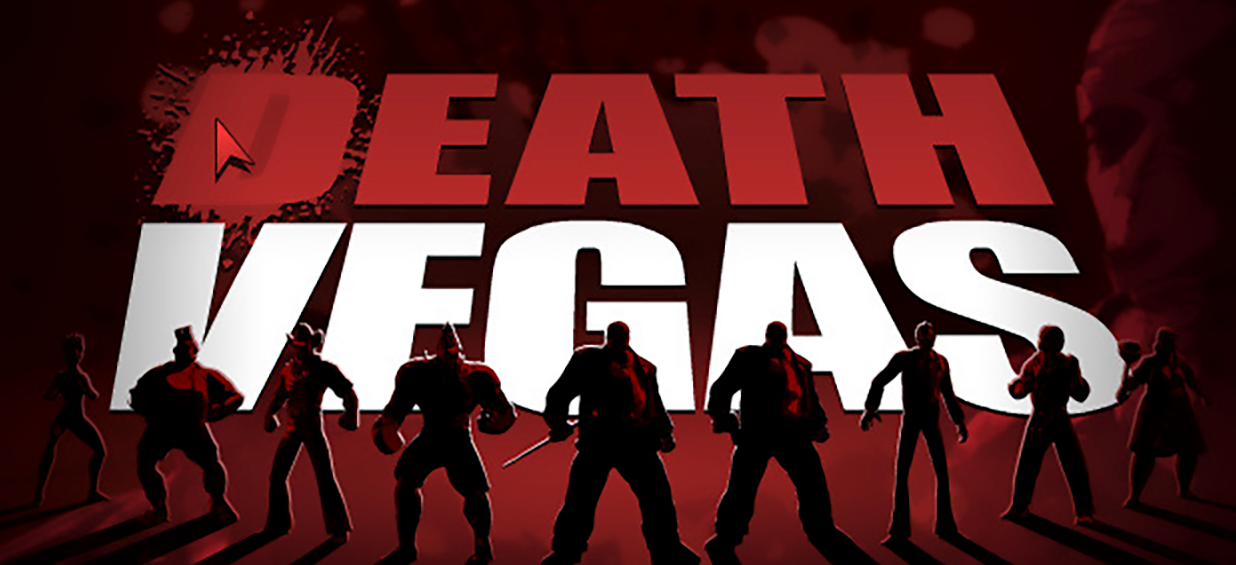
On March 5th, Small Radios Big Televisions developer Owen Deery announced that his game was about to be scrubbed from Steam. The game had been published through Adult Swim Games, and current owner Warner Bros. Discovery was starting a house cleaning. As of this writing, more games are facing the axe, and the fate of Adult Swim Games is still in question.
But this isn't the first time that a game attached to Adult Swim Games has winked out of existence. Adult Swim Games has a pretty long history, much of which has vanished due to shifts in technology and culture. In fact, there's one game from their Flash era that has been so thoroughly forgotten that even many Flash aficionados don't seem to know about it.
I imagine that when most people saw Death Vegas back in 2009, their first thought was that it was just some Sin City knockoff. You know what? They were kind of right. But there was more to it than that. This little game was released in an awkward time right between the start of the seventh console generation and the beginning of the end for Flash, when Adult Swim was transitioning to more serious publishing. Because of this, many people missed out on one of the best Flash games ever made, one in a genre that was nearly impossible to develop for the format.
Even the revival of Flash hasn't really raised awareness of Death Vegas, probably because it's so difficult to get it running today. Not impossible, though.
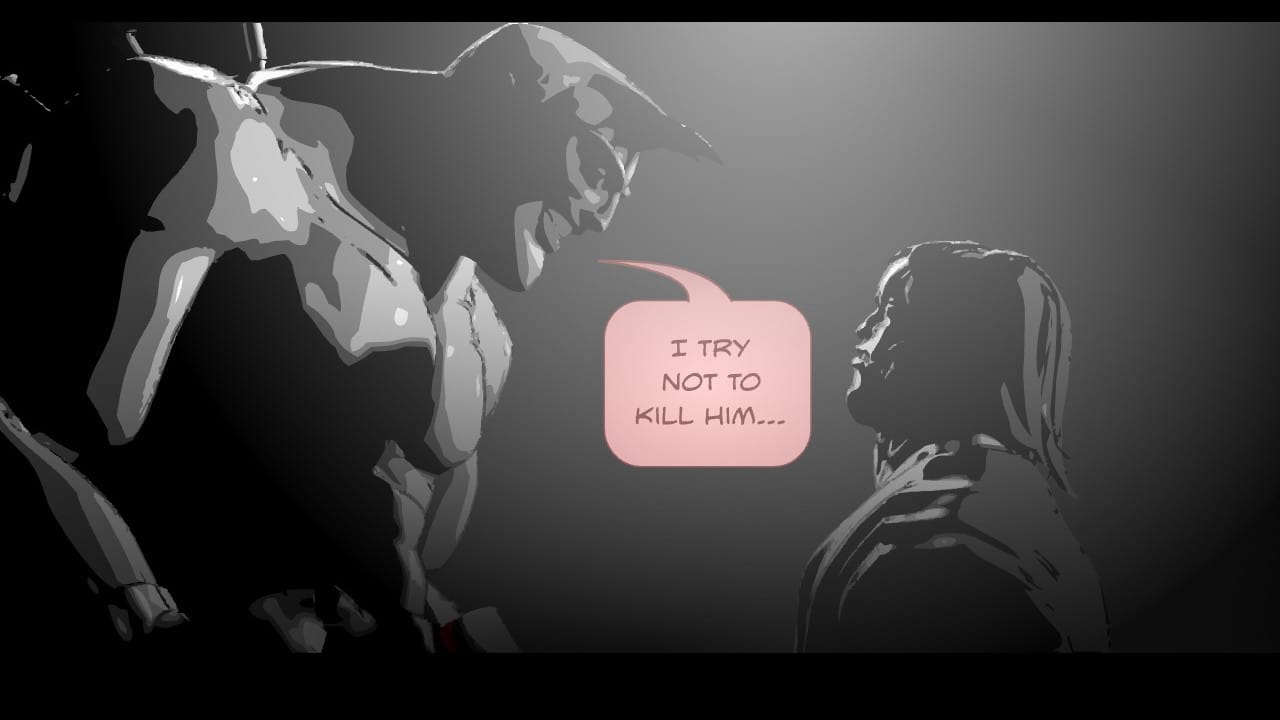
Adult Swim Games has a pretty long history, much of which has vanished due to shifts in technology and culture.
This might be a good time to turn the clock back a bit.
I'm sure that all of you are familiar with Adult Swim, Cartoon Network's late night programming block. Adult Swim defined the 2000s counterculture like nothing else did, exhibiting anarchic content that was unheard of on television at the time while also introducing Western audiences to a lot of anime and reintroducing the world to neglected shows like Futurama. For many of you, your list of best TV shows would include something that first aired on Adult Swim.
Most of you have also at least heard of Adult Swim Games, the Adult Swim video game development and publishing division. It is one of the earliest and most prolific of the indie publishers, responsible for releasing dozens of games including Duck Game, Volgarr the Viking, Soundodger+, Super House of Dead Ninjas and the Amateur Surgeon games. The catalog of titles published through Adult Swim Games are varied and original, equaling or surpassing the creativity of their television division.
Many accounts of Adult Swim Games begin in 2011, when it formally became a publisher. However, the division was around long before this. Adult Swim started out developing simple Flash games based on their original and acquired IP. It was fairly common to feature games on media-related websites in the early 2000s, and visitors to the site at the time could have played an impressive selection of games based on Sealab 2021, Harvey Birdman: Attorney at Law and Inuyasha.
Some of those games were exclusive to the Adult Swim website and have been lost to time, but others were posted to external Flash portals such as Newgrounds and Kongregate. By the end of the decade, Adult Swim Games had moved beyond making promotional titles and was actively developing games not based on preexisting IP, and these games have largely survived thanks to projects like Ruffle and Flashpoint.
But there's one game from the Adult Swim Flash era that seems to get left out of the conversation, and that's Death Vegas, a 2009 fighting game created by Robot Unicorn Attack creator Spiritonin Games.
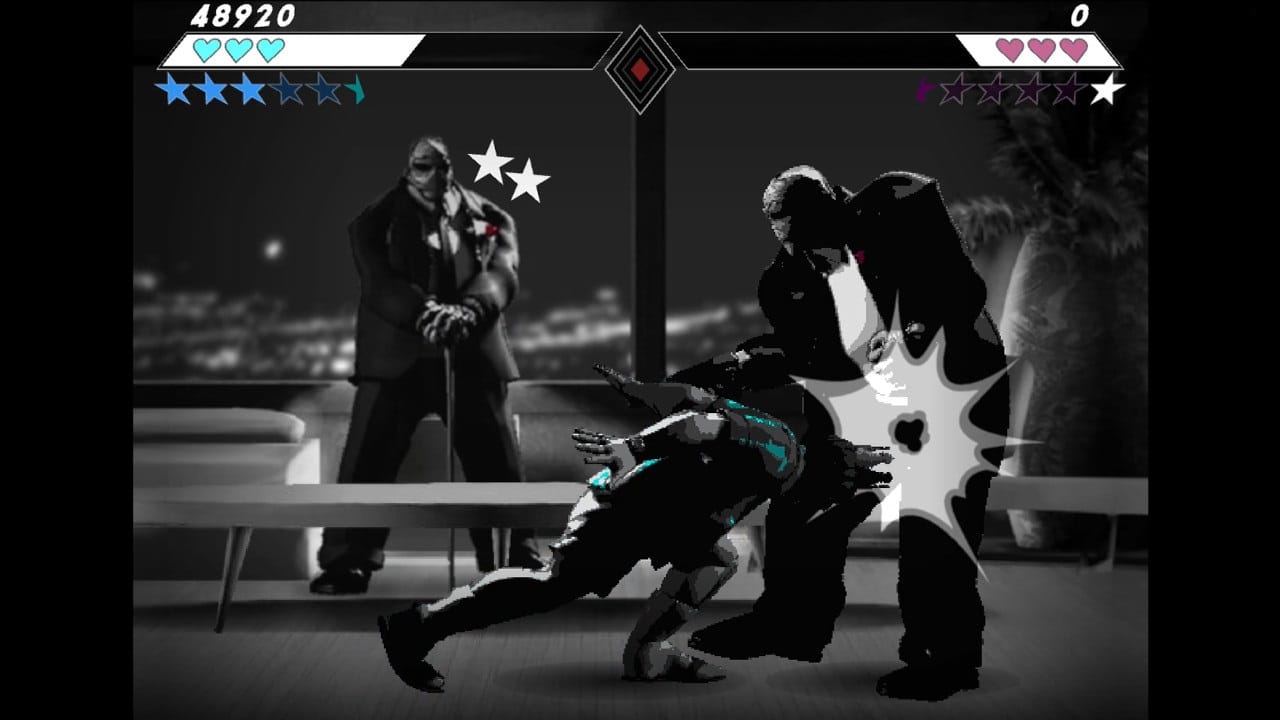
The catalog of titles published through Adult Swim Games are varied and original, equaling or surpassing the creativity of their television division.
Rediscovering Death Vegas after 15 years wasn't very easy. It was never on Newgrounds, and while Kongregate still has it, Ruffle doesn't seem to like playing it very much. Playing the game again meant tracking down a version rebuilt in a non-Flash engine, and bless the people who spend that much effort to keep these forgotten games alive.
Unfortunately, the rebuilt version has its own share of bugs. Notably, it drops almost all of the story beats. Good thing I liked the game enough to play the whole story twice and make my own timeline of events.
As mentioned above, Death Vegas is a fighting game. If you are at all familiar with the limitations of Flash, you'll know that this is already the equivalent of climbing the Matterhorn naked. Flash was never made for games as fast and precise as one-on-one fighters. The developers got around this by creating a fighting/puzzle hybrid, as unreal as that may sound.
Each fighter has a high, middle and low attack. All attacks are telegraphed a moment before they land, with the speed tending to increase over the duration of a match. The character on the other end of the attack can block it by pressing the same button as the attacker. Landing or blocking attacks builds up a meter that allows the character to unleash a multi-attack combo, which the defender must memorize and attempt to block. Maximum combo lengths also increase with time, and a long match can easily see players trying to intercept combos of eight or nine hits.
And that's about it. Each character has a few unique moves, including quick attacks, unblockable charge-up attacks and counters, but they don't play much of a role in matches. At heart, Death Vegas is a very unlikely combination of Street Fighter and Simon.
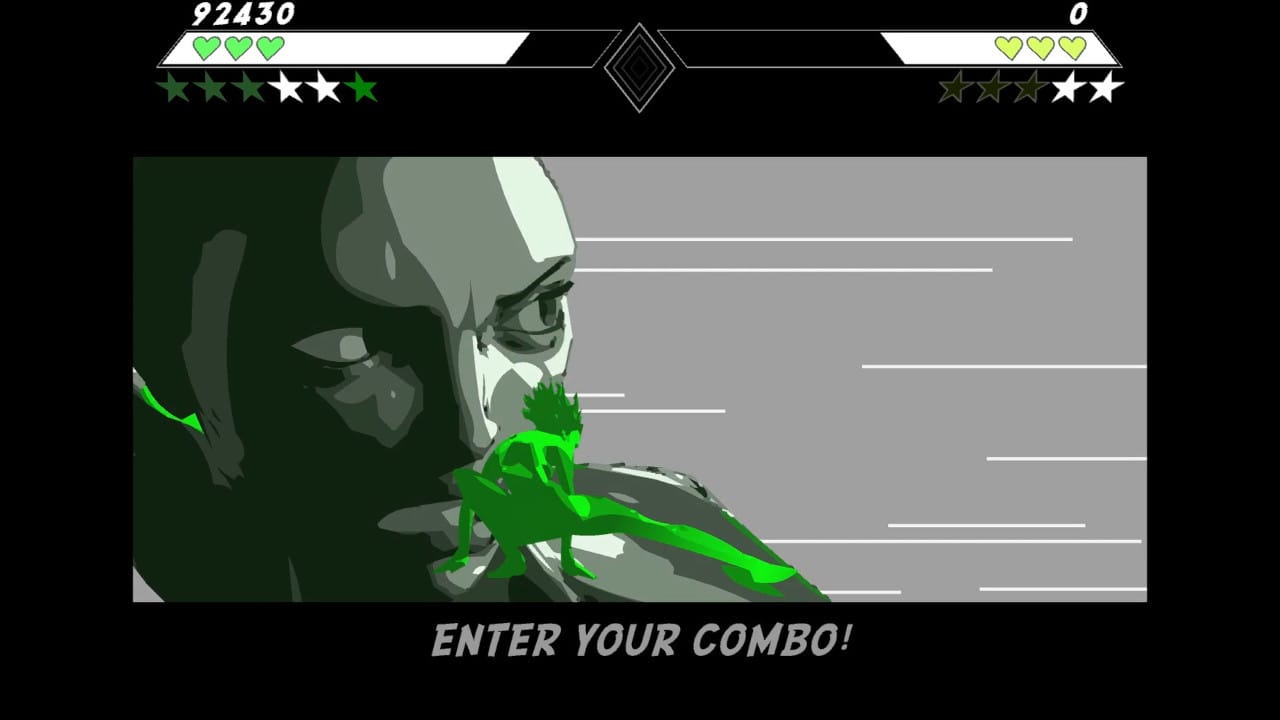
As mentioned above, Death Vegas is a fighting game. If you are at all familiar with the limitations of Flash, you'll know that this is already the equivalent of climbing the Matterhorn naked.
But let's get back to that story, and that timeline I sketched out while sitting in my Changchun apartment at the tail end of a Siberian winter. Unusually for a fighting game, the story really matters here.
Death Vegas covers an especially violent week in the City of Sin. It begins at the end of the story, with a young fighter named Joshua who gets pulled into the Vegas underworld. Tasked with abducting a stranger on behalf of an unknown benefactor, he finds himself framed for murder. That's just the beginning, though. By the end, the story includes a bombing, a briefcase full of stolen money, a kidnapping plot, a faceless gangster and a rogue FBI agent who knows way too much about what's going on.
The game manages such a complex story by mixing up how it is presented. In most fighting games, the player selects a single fighter and then plays through their individual, discrete story. In Death Vegas, the player runs through the characters in sequence, with each one contributing a small part of the story. The narrative is nonlinear, with Joshua - the first character in the sequence - appearing last chronologically.
It's an interesting way to present a complex story in a genre not known for quality storytelling. It's also riven with flaws.
Clearing the full campaign requires winning over thirty fights in one session, as there's no way to save or suspend the game. That's already pretty long for a fighting game, but it gets worse when you consider the difficulty. The game gets progressively harder with each fight, so while the first few bouts as Joshua are easy layups against opponents that barely fight back, the last set of fights as the game's main villain are endurance trials against opponents that make almost no mistakes.
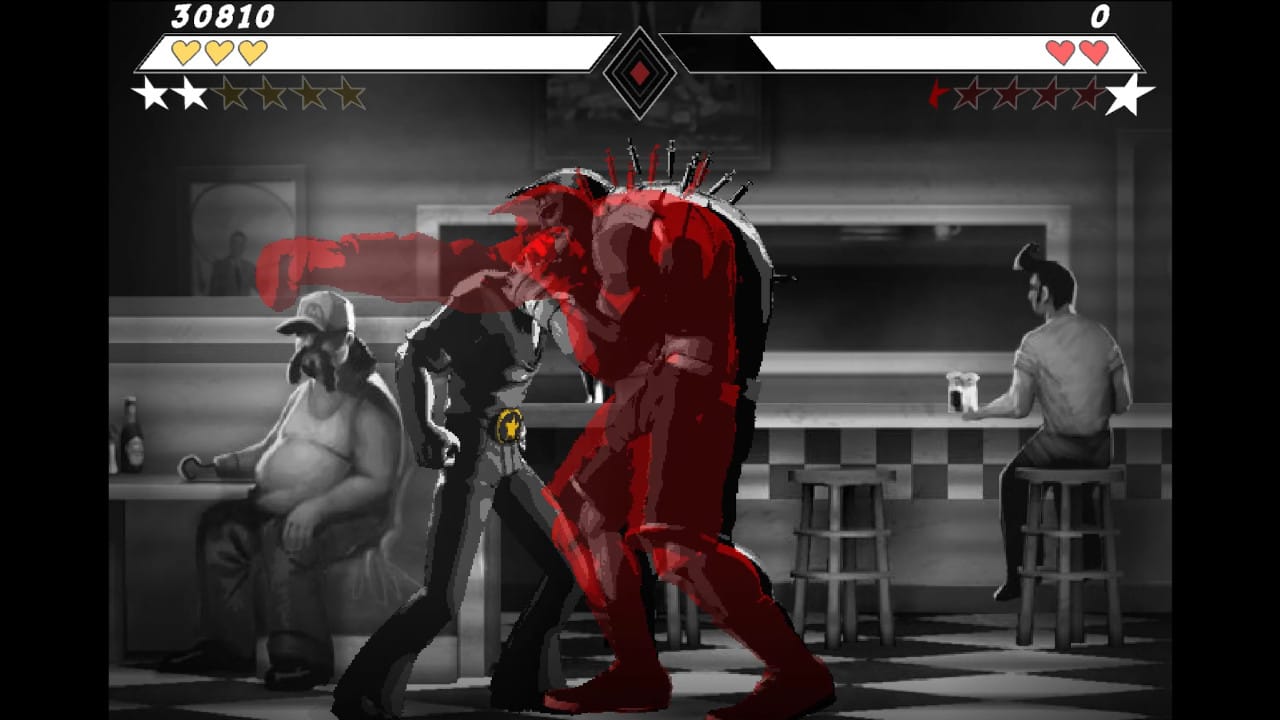
By the end, the story includes a bombing, a briefcase full of stolen money, a kidnapping plot, a faceless gangster and a rogue FBI agent who knows way too much about what's going on.
Also, speaking as someone atypical enough to play through this game twice and keep notes, the timeline doesn't exactly line up. Each fight has an exact time and date, something which is important in a nonlinear narrative. In this case, it reveals several errors. Perhaps a character knows something they haven't learned yet. Sometimes there are too many characters in one place in short order, or a character is hanging around a certain place waiting for a fight for no particular reason.
These are nitpicks, though. A person casually playing the game wouldn't have noticed these minor discrepancies, and the overall story - which is certainly better than what most fighting games have traditionally offered - is a pretty good little crime yarn. Shame that the post-Flash versions don't always feature the whole story.
I probably shouldn't go too overboard with terms like "classic" here. Death Vegas isn't some lost gem; it is, however, a paradigm of what Flash developers were doing in the twilight years of the technology. Late 2000s games like Death Vegas and Punk-o-matic 2 really demonstrated what a creative mind could accomplish when unrestrained by industry gatekeepers.
This wouldn't last. Flash Games made after the end-of-life announcement were far different, having absorbed a lot of the trends coming from the fast growing mobile market. The handful of successes after 2010 tended to fall into a small number of clear-cut genres with loops built around incremental advancement - the kind of games that are easy to monetize with microtransactions. The quality was more consistent, but the creative madness of the 2000s was gone and wouldn't come back until the indie explosion a few years later.
If Death Vegas isn't an important game, then it's at least a very interesting one. If you have a spare hour, give it a try - and reflect on what we could stand to lose in the future.
Comments
Sign in or become a SUPERJUMP member to join the conversation.
